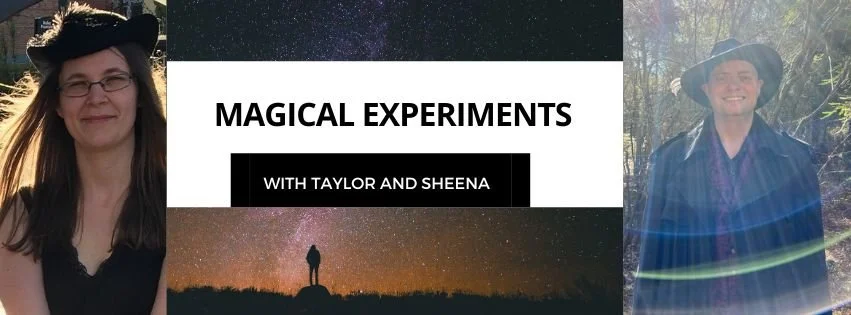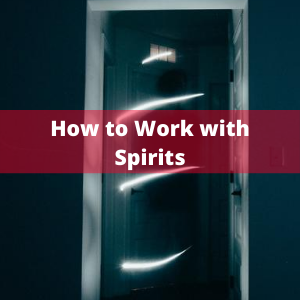 In Magical Identity I shared a technique I use for working with Space and Time, which is is the web if Space and Time. In this model the web is comprised of elements of space and time conjunctively connecting to manifest possibilities into reality. The strands of the web are elements of Time, while the nodes where the strands intersect each other are elements of Space. The strands of time represent possibilities and actions. I think of them as verbs. The nodes of space represent people, places, events, and things, nouns. I'm always open to improving on my techniques and my work with the element of movement gave me an insight in this technique that could be useful for developing it further.
In Magical Identity I shared a technique I use for working with Space and Time, which is is the web if Space and Time. In this model the web is comprised of elements of space and time conjunctively connecting to manifest possibilities into reality. The strands of the web are elements of Time, while the nodes where the strands intersect each other are elements of Space. The strands of time represent possibilities and actions. I think of them as verbs. The nodes of space represent people, places, events, and things, nouns. I'm always open to improving on my techniques and my work with the element of movement gave me an insight in this technique that could be useful for developing it further.
While the strands of time denote possibilities and actions, it occurs to me that movement (and as I write this Stillness) are intrinsic elements of space and time that are not overtly recognized but that nonetheless play a role in our experience of space and time. I don't think of movement and stillness as being one and the same as time and space. And my experiences of both movement and stillness seem to bear this out. If anything it feels like stillness and movement act upon and are acted upon by space and time. For example, you might be tempted to associate stillness with space, but I'd argue that stillness isn't space. Stillness is a form of presence and awareness. It's potential and in some ways that makes it more related to time, but it isn't time either. It's a state of experience and being that can allow you to become aware of and experience space and time in different ways. When I do my practice of Zhine meditation, I am working with stillness and one of the experiences it can provide is an awareness of space and time that is different than what is experienced during the everyday experience of life. With Stillness, when I am focusing my awareness on myself and a particular object, I experience not just the object as it is, but also the possibilities for that object. I experience the space of the object, as well as the time of the object. You also might be inclined to associate movement with time, and certainly experience of time can be that of a sense one moment passing into another, but again you can also experience time via stillness.
So all that said, what I'm really interested in is how I can factor stillness and movement into the work I do with the web of space and time. I don't want to associate stillness or movement with specific aspects of the web, and I don't think I need to, but I think working with them could allow me to enhance the technique as well as integrate these elements into my life. I decided to pull out my memory box, which is the physical representation of the web and when I worked with it this time, I approached the work in terms of movement. What did I need to move to put everything into the right space and maximize the right potential of time needed. Movement wasn't just about working with the strands of time, but rather working with the web as a whole, in terms of positioning the web and the respective nodes and time strands into an alignment that would be useful for better realizing the activation of a possibility into a reality. I didn't integrate stillness into this work, so when I experiment with it again, I'll work with both stillness and movement and see how they fit together with space and time.
What I've shared above is rough and I'll work on refining it, but I'm excited to be working on something new, or in this case a variation of something else I developed.
Book Review: The Slow Fix by Carl Honore
In this book the author explores the value of the slow fix, which involves learning how to solve problems from a process perspective instead of just trying to use a quick fix. The author explores a variety of elements that are integral to the slow fix process and uses case studies to demonstrate how those elements work together to bring about useful solutions to problems. I got a lot of value from this book by applying its principles to my business and my clients. I'd recommend it to anyone who wants to improve how problems are solved in general and in their organization, because what you will learn is how to examine your problem solving processes and introduce the right elements of the slow fix to help you improve on what you are already doing.





